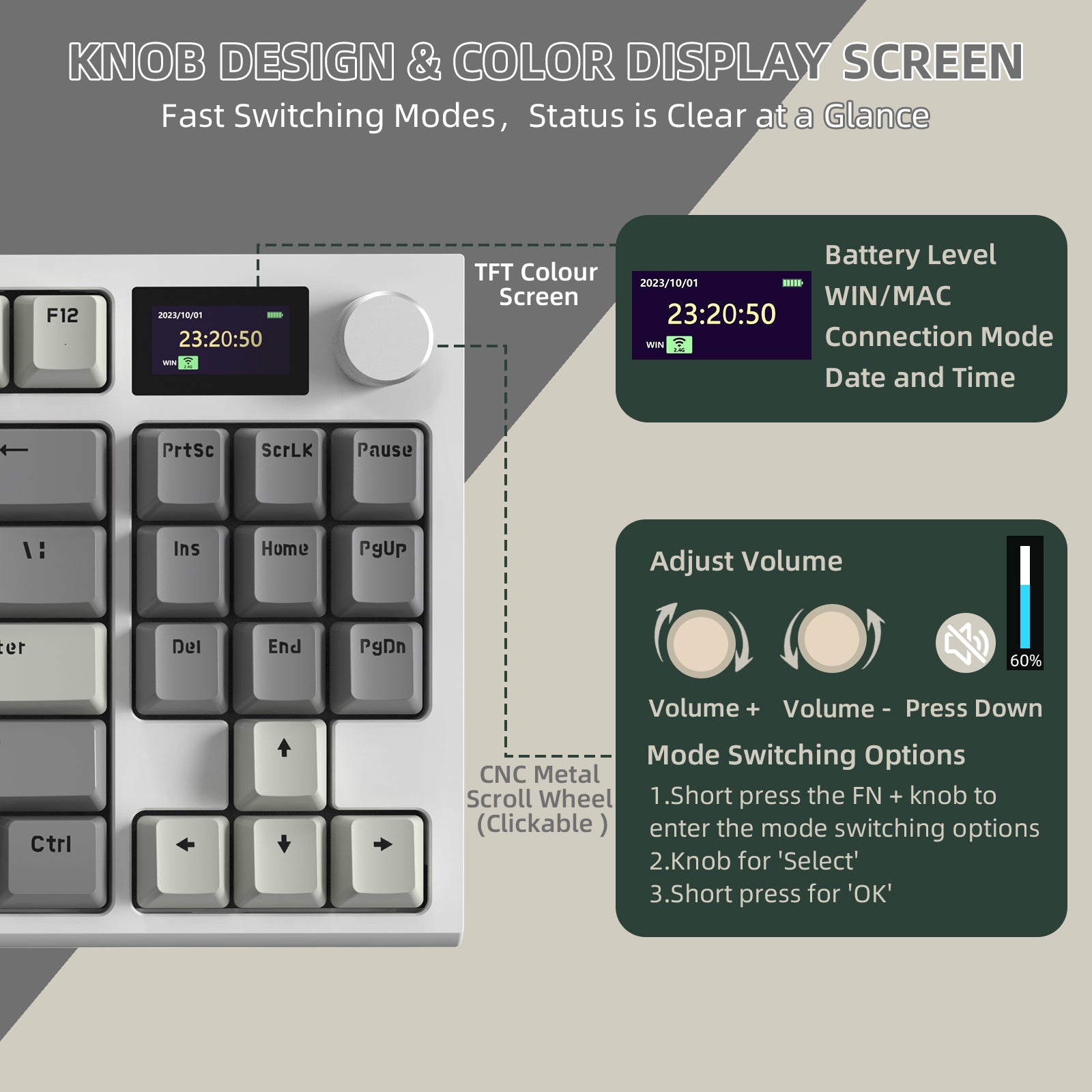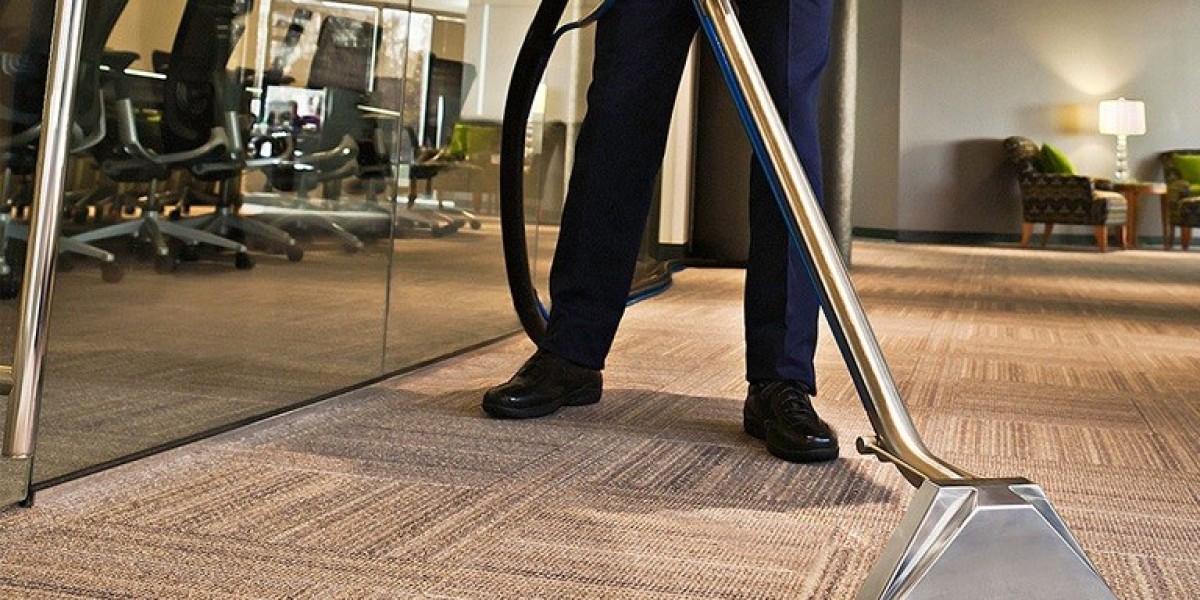Unlock the Secrets of Mechanical Keyboards: Discover Why They're a Game Changer!
In recent years, mechanical-switch keyboards have surged in popularity among both gamers and typists, transforming the way we interact with our devices. Unlike their traditional membrane counterparts, mechanical keyboards offer a distinct experience characterized by individual mechanical switches beneath each key, providing tactile feedback and enhanced durability. This article aims to delve into the world of mechanical-switch keyboards, exploring their numerous advantages, the various types available, and the mechanics that power these beloved devices. Whether you're a passionate gamer seeking that competitive edge or a professional looking to boost your typing efficiency, understanding the ins and outs of mechanical-switch keyboards can help you make an informed choice.

Understanding Mechanical Switch Keyboards
Mechanical-switch keyboards are designed with individual mechanical switches for each key, unlike membrane keyboards that use a pressure pad system. This fundamental difference means that mechanical keyboards provide a more responsive and satisfying typing experience. When you press a key on a mechanical keyboard, a physical switch is activated, which sends a signal to the computer. The mechanics behind these switches are fascinating; they typically consist of a housing, a spring, and a stem. When a key is pressed, the stem moves down, compressing the spring until it reaches a point of actuation, where the keyboard registers the keystroke. This design leads to better durability, with many mechanical switches rated for tens of millions of keystrokes, making them a solid investment for heavy users.
Benefits of Mechanical Switch Keyboards
The benefits of using mechanical-switch keyboards are numerous and significant. One of the most notable advantages is their durability. Mechanical keyboards can withstand heavy use, making them ideal for gamers who may spend hours engaged in intense gameplay. Another key benefit is the tactile feedback they provide. Many users appreciate the satisfying click or bump that lets them know the keystroke has been registered, which can enhance typing accuracy and speed. An anecdote from a friend who switched to a mechanical keyboard revealed that not only did their typing speed improve, but they also found prolonged typing sessions to be less fatiguing due to the ergonomic design of many models. Additionally, gamers often experience improved performance thanks to the quicker actuation of mechanical switches, allowing for faster reactions in competitive scenarios.
Types of Mechanical Switches
There are several types of mechanical switches, each offering unique characteristics that cater to different preferences. The three primary categories are linear, tactile, and clicky switches. Linear switches provide a smooth, uninterrupted keystroke, making them ideal for gamers who prefer rapid key presses without any tactile feedback. Tactile switches, on the other hand, offer a noticeable bump during the actuation point, providing a satisfying feel for typists who enjoy sensory feedback without the noise. Lastly, clicky switches deliver both tactile feedback and an audible click, appealing to those who like an extra layer of responsiveness. Personal experiences shared by friends indicate a strong preference for specific types based on their activities—gamers might lean towards linear for speed, while typists often gravitate towards tactile for comfort and accuracy.
How Mechanical Keyboards Work
To truly appreciate mechanical-switch keyboards, it’s essential to understand their internal mechanisms. The materials used in mechanical switches play a crucial role in their performance. Typically, high-quality plastics and metals are utilized to ensure durability and responsiveness. The actuation force, or the amount of pressure required to register a keystroke, varies among different switches and can significantly impact user experience. Some users prefer lighter switches for faster typing, while others may opt for heavier switches for more deliberate keystrokes. Additionally, switch ratings—often measured in millions of keystrokes—indicate the longevity of the keyboard. This means that, with proper care, a mechanical keyboard can provide years of reliable use, making it a worthwhile investment for anyone who spends a significant amount of time typing or gaming.
Final Thoughts on Mechanical Keyboards
In conclusion, mechanical-switch keyboards offer a myriad of benefits that elevate the typing and gaming experience. From their exceptional durability to the tactile feedback they provide, these keyboards stand apart from traditional options. Understanding the various types of mechanical switches and how they operate can help users select the perfect keyboard to meet their needs. As you consider upgrading your keyboard, think about what features are most important to you—whether it’s the satisfying click of a switch or the smoothness of a linear press. Ultimately, a mechanical keyboard can significantly enhance your productivity and gaming performance, making it a valuable addition to your setup.








